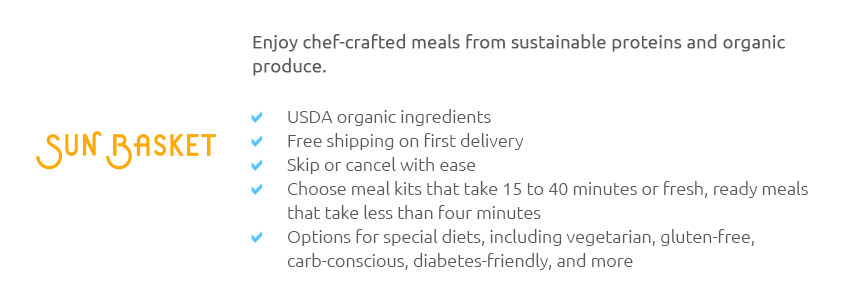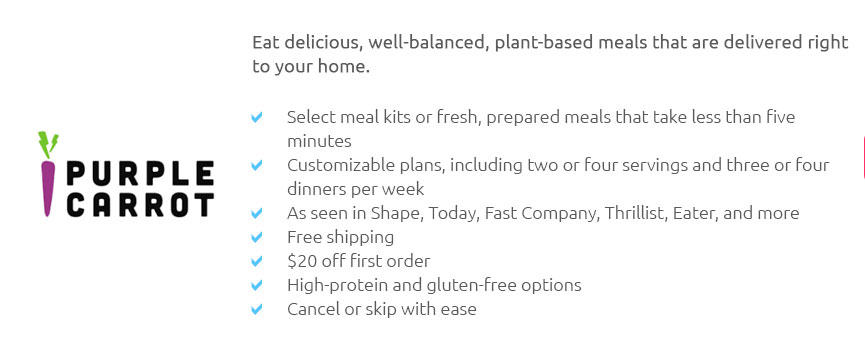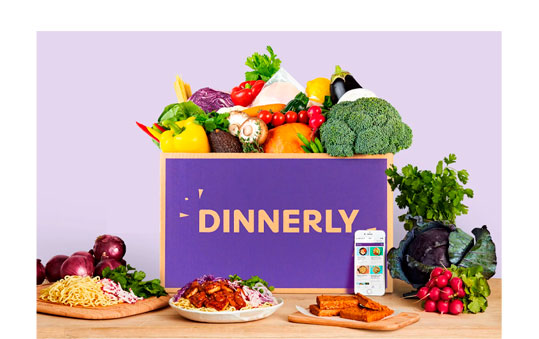 |
 |
 |
|---|
 |
|---|
 |
||||||
|---|---|---|---|---|---|---|
|
||||||
 |
 |
|||||
 |
 |
|||||
 |
 |
|||||
 |
 |
|||||
 |
 |
|||||
 |
 |
|---|
|
lsdu63572pb The Rise of Work Lunch Subscriptions: A Modern-Day Solution to Midday Meal DilemmasIn today's fast-paced world, where time is often a scarce commodity, the concept of work lunch subscriptions has emerged as a savior for many busy professionals. As the clock ticks toward noon, the perennial question of 'What's for lunch?' is answered with convenience, variety, and often, a healthier alternative to the fast-food options that once dominated the office lunch scene. But what exactly makes this service appealing, and are there any downsides to consider? At its core, a work lunch subscription service aims to simplify the lunchtime ritual by delivering pre-prepared meals directly to one's workplace. This service not only saves time but also offers a range of culinary delights that can cater to diverse dietary preferences and restrictions. Companies like Freshly and Daily Harvest have capitalized on this growing trend, offering meals that are as nutritious as they are delicious. The appeal lies in the promise of a hassle-free meal-no more lengthy deliberations or standing in line at crowded eateries. One of the primary advantages of these subscriptions is the variety they bring to the table. With a rotating menu, subscribers can indulge in different cuisines each day, exploring everything from Mediterranean to Asian flavors without leaving their desks. This diversity not only pleases the palate but also ensures a balanced diet, incorporating a myriad of essential nutrients. Furthermore, many services focus on using organic and locally sourced ingredients, aligning with the increasing consumer demand for sustainability and eco-conscious choices. Moreover, work lunch subscriptions often cater to specific dietary needs, offering gluten-free, vegan, and keto-friendly options. This attention to dietary detail allows employees to maintain their personal health goals without the need to compromise due to lack of options. Such tailored offerings demonstrate a shift in the food industry toward inclusivity and personalization, reflecting broader societal trends. Despite these appealing benefits, there are drawbacks to consider. For one, the cost of convenience can be steep. While prices vary depending on the service and meal complexity, the cost of a subscription can quickly add up, potentially making it an expensive habit for the average worker. Additionally, some critics argue that relying on meal delivery can contribute to a sedentary lifestyle, as employees might miss out on the physical and mental benefits of stepping away from their workstations for a traditional lunch break. There is also the issue of environmental impact. Although many companies boast eco-friendly practices, the reality of frequent packaging and delivery can still result in a significant carbon footprint. Consumers are increasingly aware of such concerns, prompting some companies to adopt more sustainable practices, such as reusable containers and optimized delivery routes to reduce emissions. In conclusion, while work lunch subscriptions offer undeniable convenience and culinary variety, they are not without their potential pitfalls. The decision to subscribe should be weighed against personal priorities, such as budget, lifestyle, and environmental consciousness. As the market continues to evolve, it is likely that more innovative solutions will emerge to address these challenges, ensuring that the midday meal remains as satisfying as it is sustainable.
https://mealpal.com/
10 to 12 Meal Lunch. 70. credits. for $89.00. 30 Day Cycle|Roll over up to 12 meals. as low as. $3.81/Meal. Choose this plan - 16 to 20 Meal Lunch. 120. credits. https://www.bonappetit.com/story/best-meal-delivery-services?srsltid=AfmBOoopMy_XtMejA2cfccwysho40lauKAAk5-yTvG4hMLeSCNardcJX
If you hate grocery shopping or meal prep, Hungryroot is a great option. It's more of a grocery delivery service than a meal kit service, but if ... https://www.eatclub.com/
EAT Club takes the guesswork out of lunchtime at work. As the leader in individual meal delivery to offices, EAT Club brings teams together by giving ...
|
|---|


